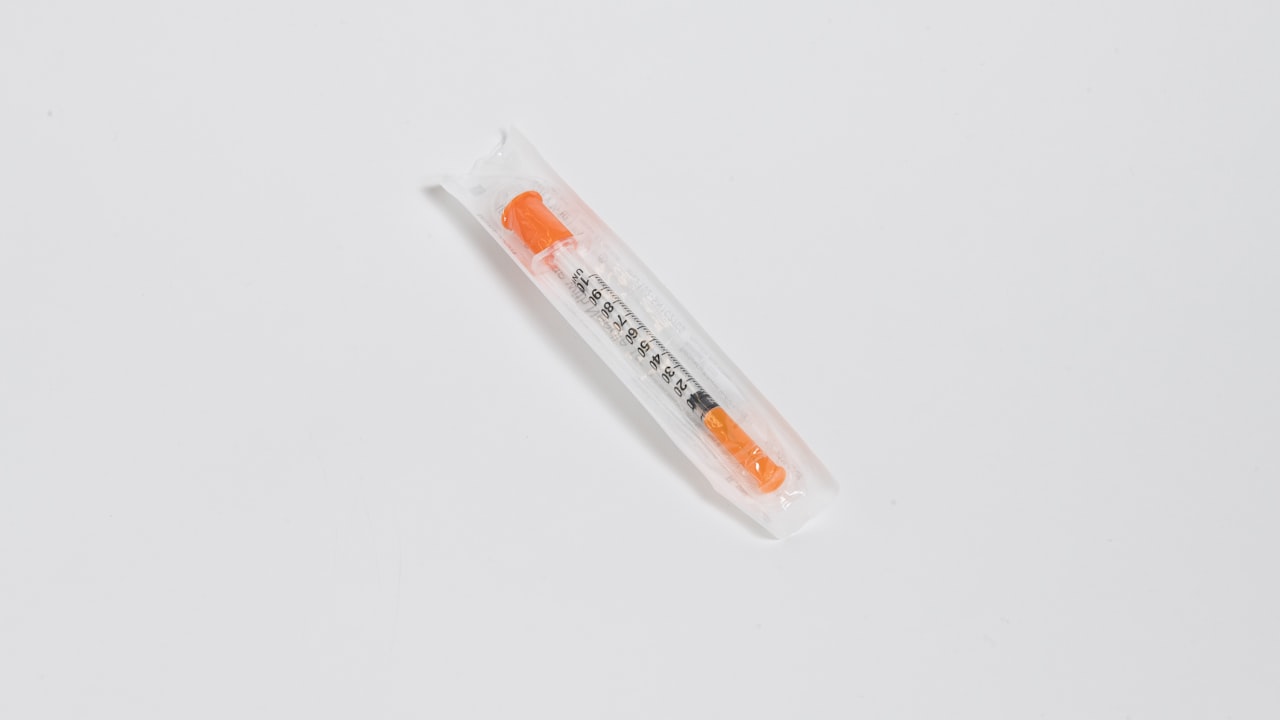Title: “Innovations in Injection Molding Tooling Techniques and Technologies”
Injection molding is a crucial manufacturing process that involves the production of parts by injecting molten material into a mold. The quality and efficiency of the injection molding process heavily rely on the design and functionality of the injection mold used. Therefore, injection mold factories and suppliers are continuously striving to innovate and improve their tooling techniques and technologies to meet the growing demands of various industries.
One of the key innovations in injection molding tooling techniques is the use of advanced materials for mold fabrication. Traditional molds were usually made of steel, but now, manufacturers are increasingly turning to materials like aluminum and various alloys due to their lightweight nature and enhanced thermal conductivity. These materials not only reduce production costs but also improve the overall efficiency of the injection molding process.
Moreover, the advancement of computer-aided design (CAD) and computer-aided manufacturing (CAM) technologies has revolutionized the way injection molds are designed and produced. Injection mold suppliers now have access to sophisticated software that allows them to create highly complex and precise mold designs with ease. This not only reduces the lead time for mold production but also ensures better consistency and accuracy in the final molded parts.
Another significant innovation in injection molding tooling techniques is the adoption of additive manufacturing, commonly known as 3D printing. Additive manufacturing enables injection mold factories to quickly produce prototype molds and test different designs before committing to full-scale production. This rapid prototyping capability not only accelerates the product development process but also helps in identifying and rectifying any design flaws early on, saving time and costs in the long run.
In conclusion, the continuous innovations in injection molding tooling techniques and technologies are reshaping the manufacturing industry. Injection mold factories and suppliers are at the forefront of these advancements, incorporating new materials, leveraging CAD/CAM technologies, and embracing additive manufacturing to enhance the efficiency, quality, and competitiveness of the injection molding process. As technology continues to evolve, the future of injection molding holds even more exciting possibilities for further advancements and improvements.

 Title: Advancements in Injection Molding Tooling Technologies
Title: Advancements in Injection Molding Tooling Technologies